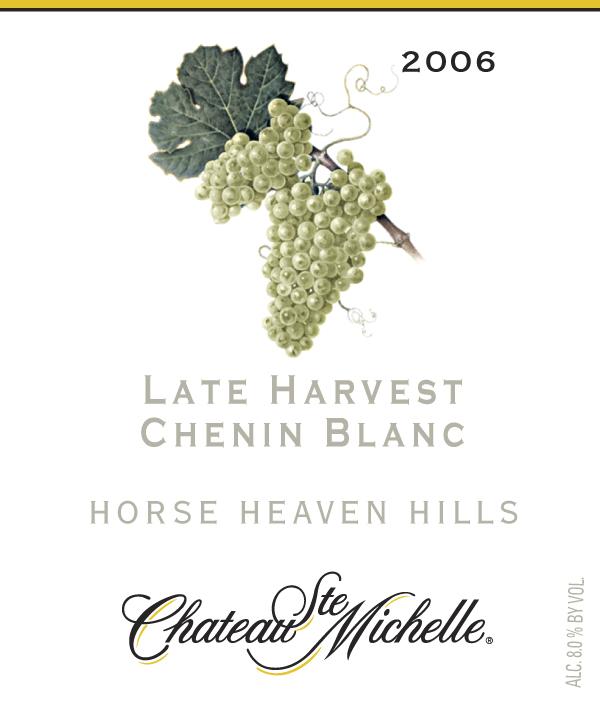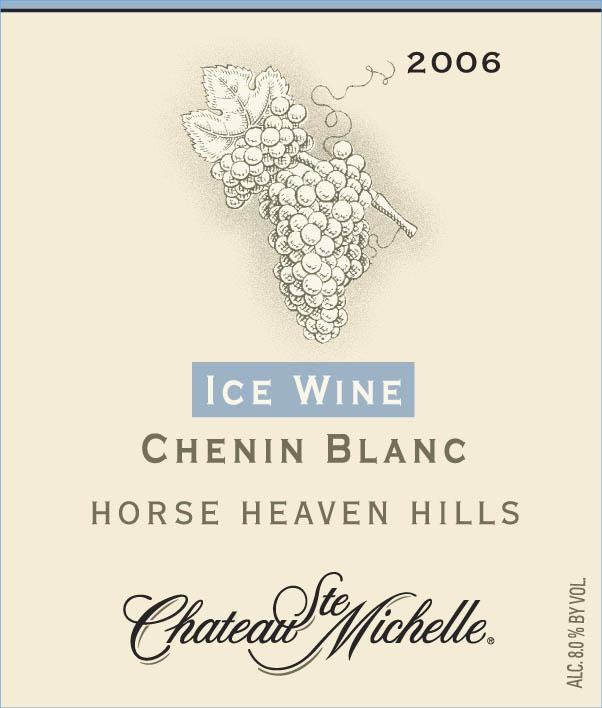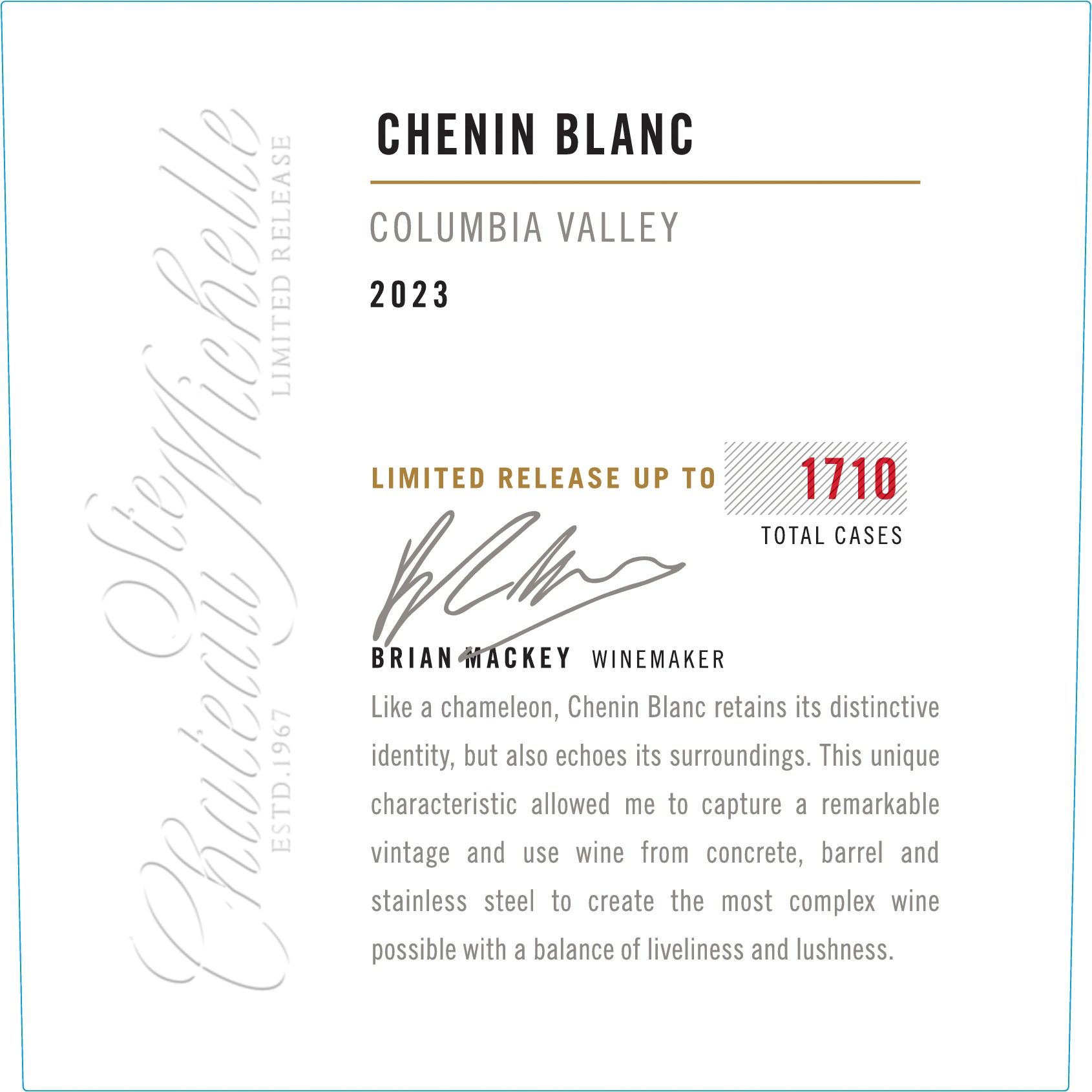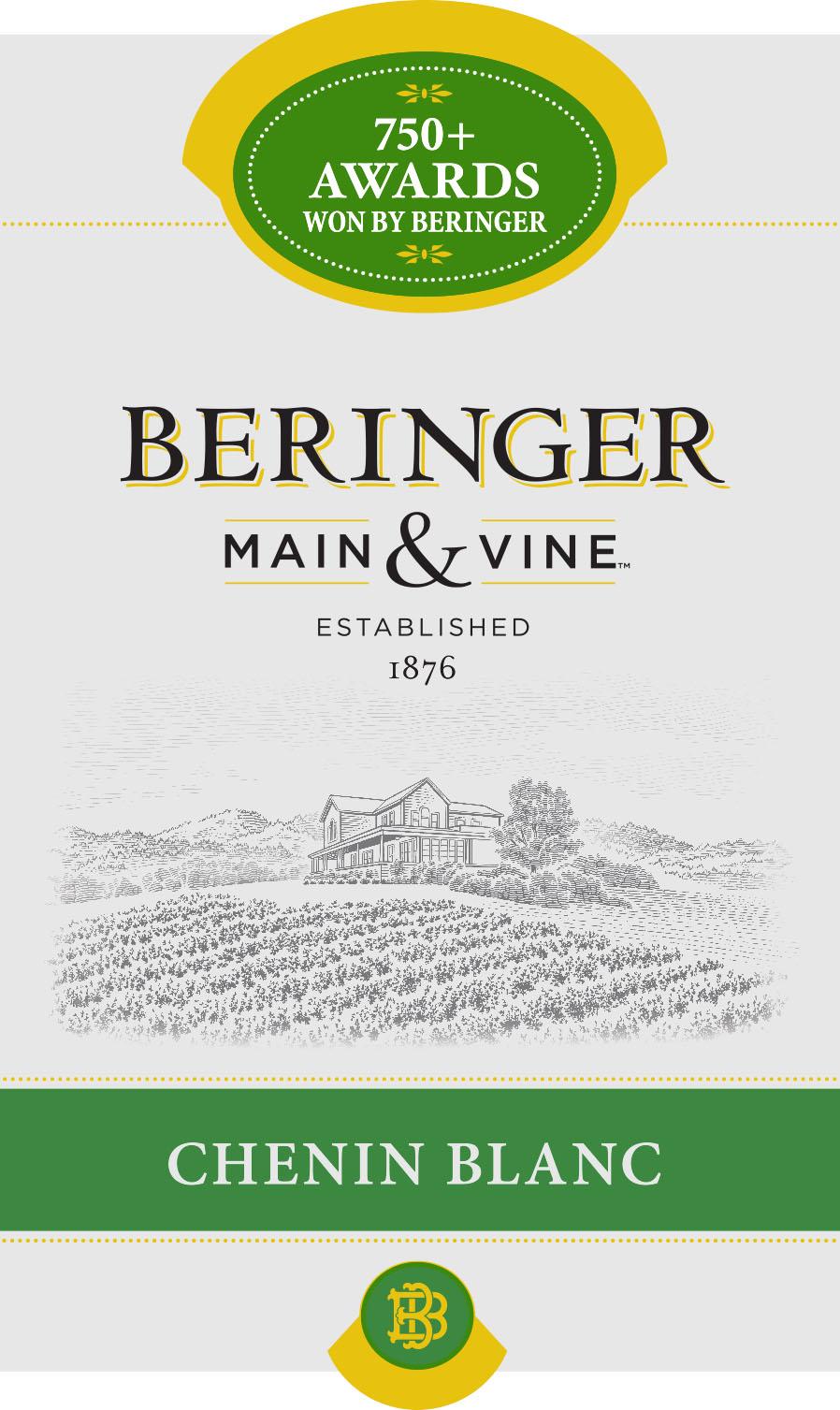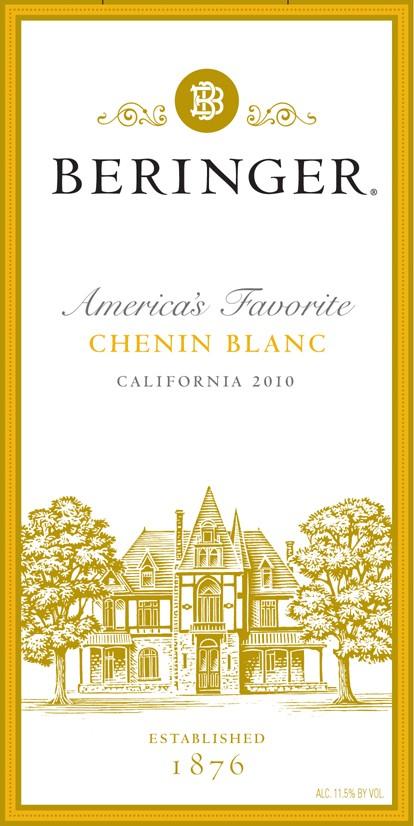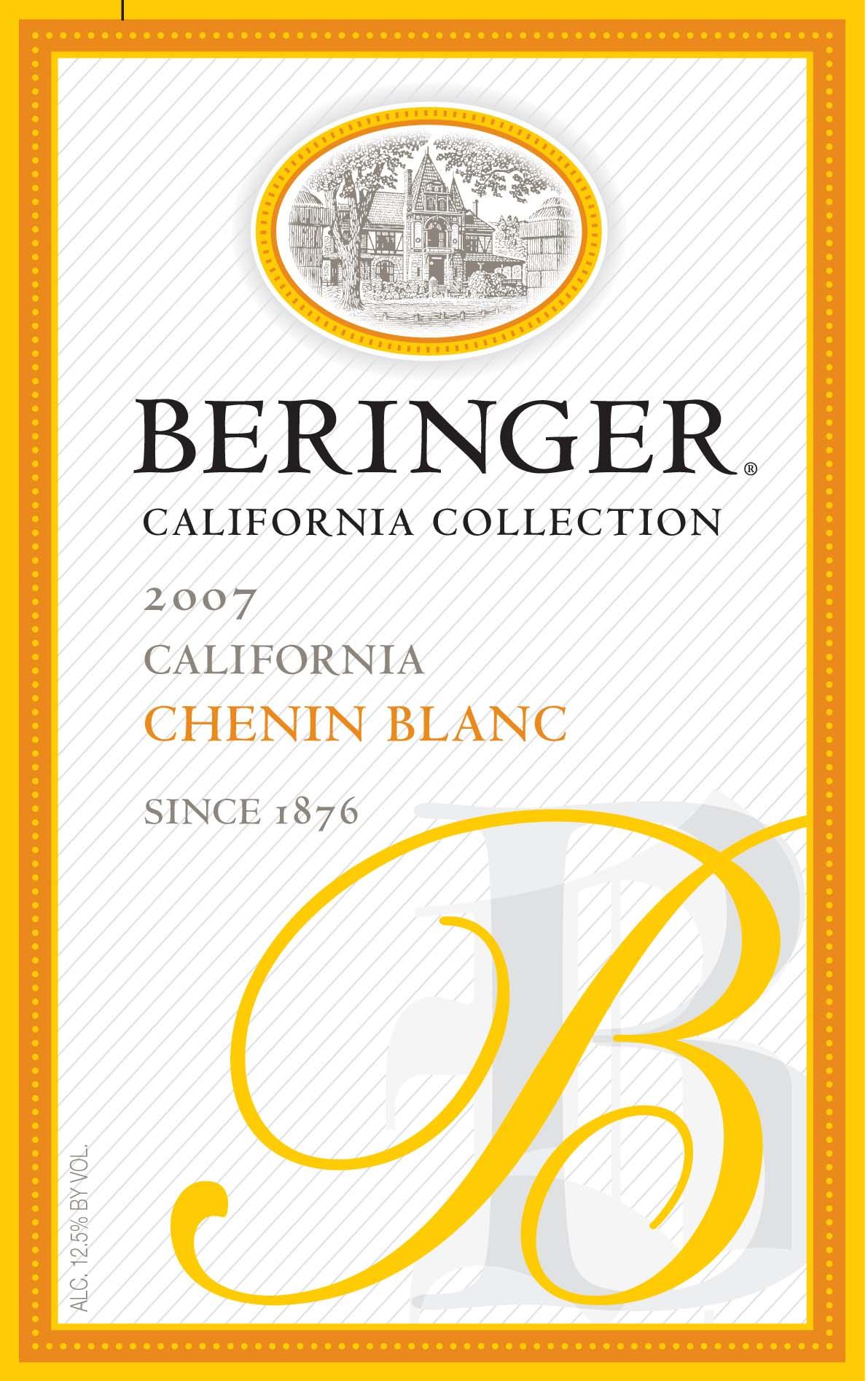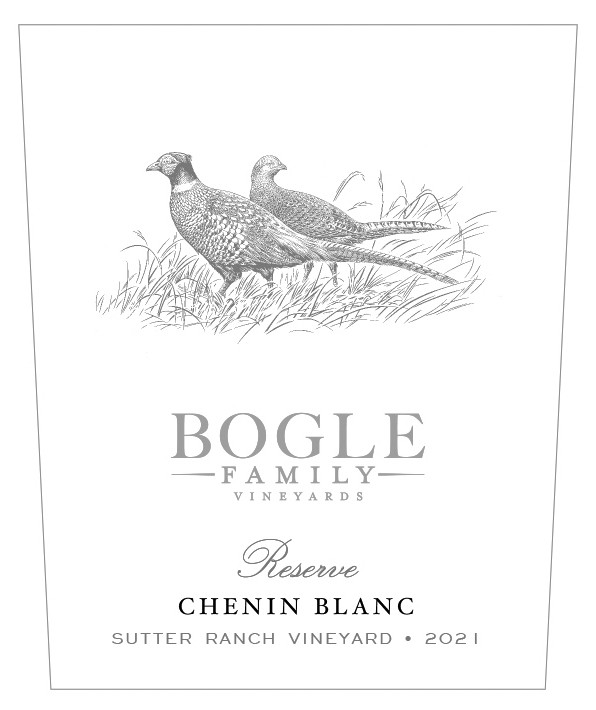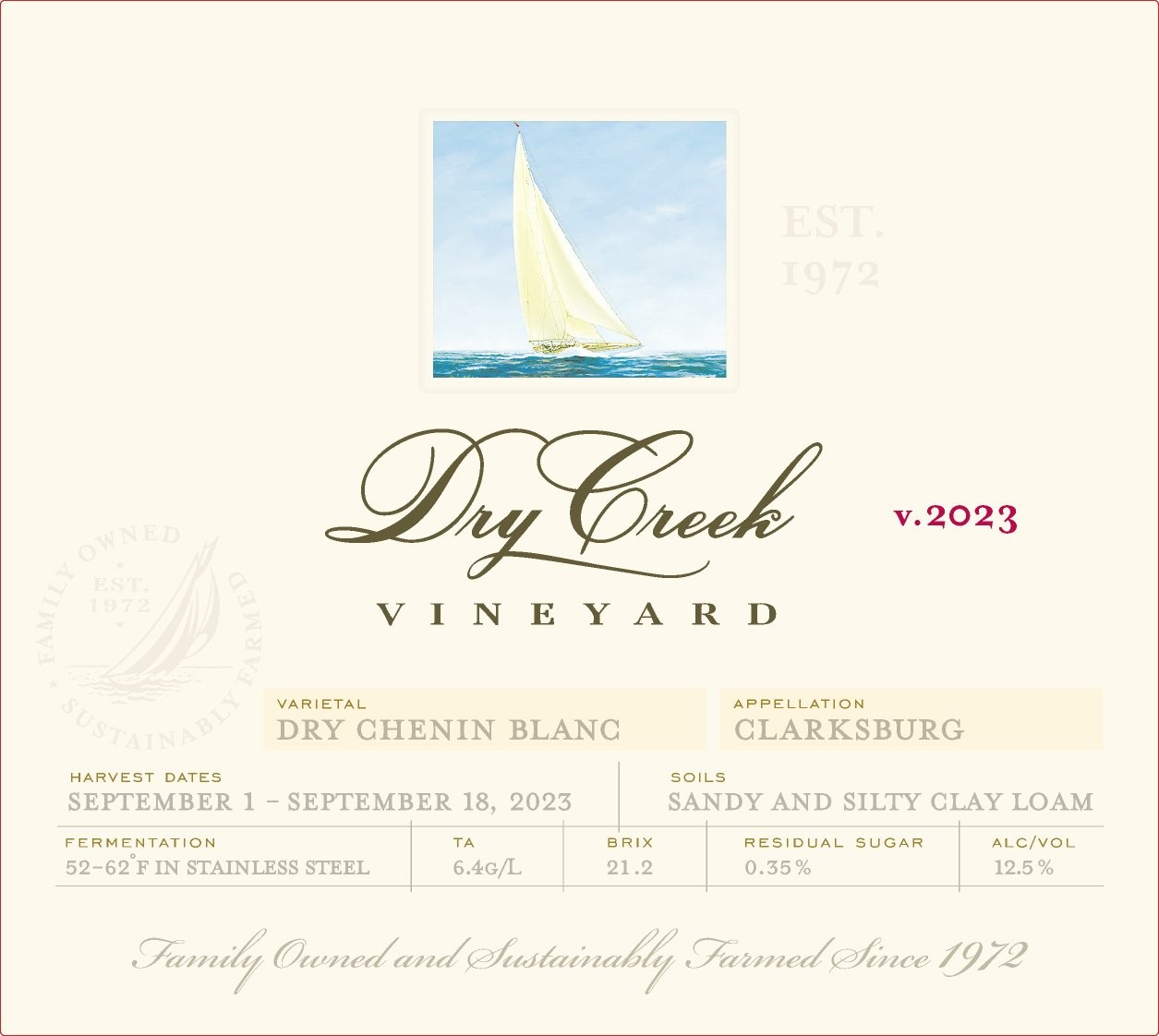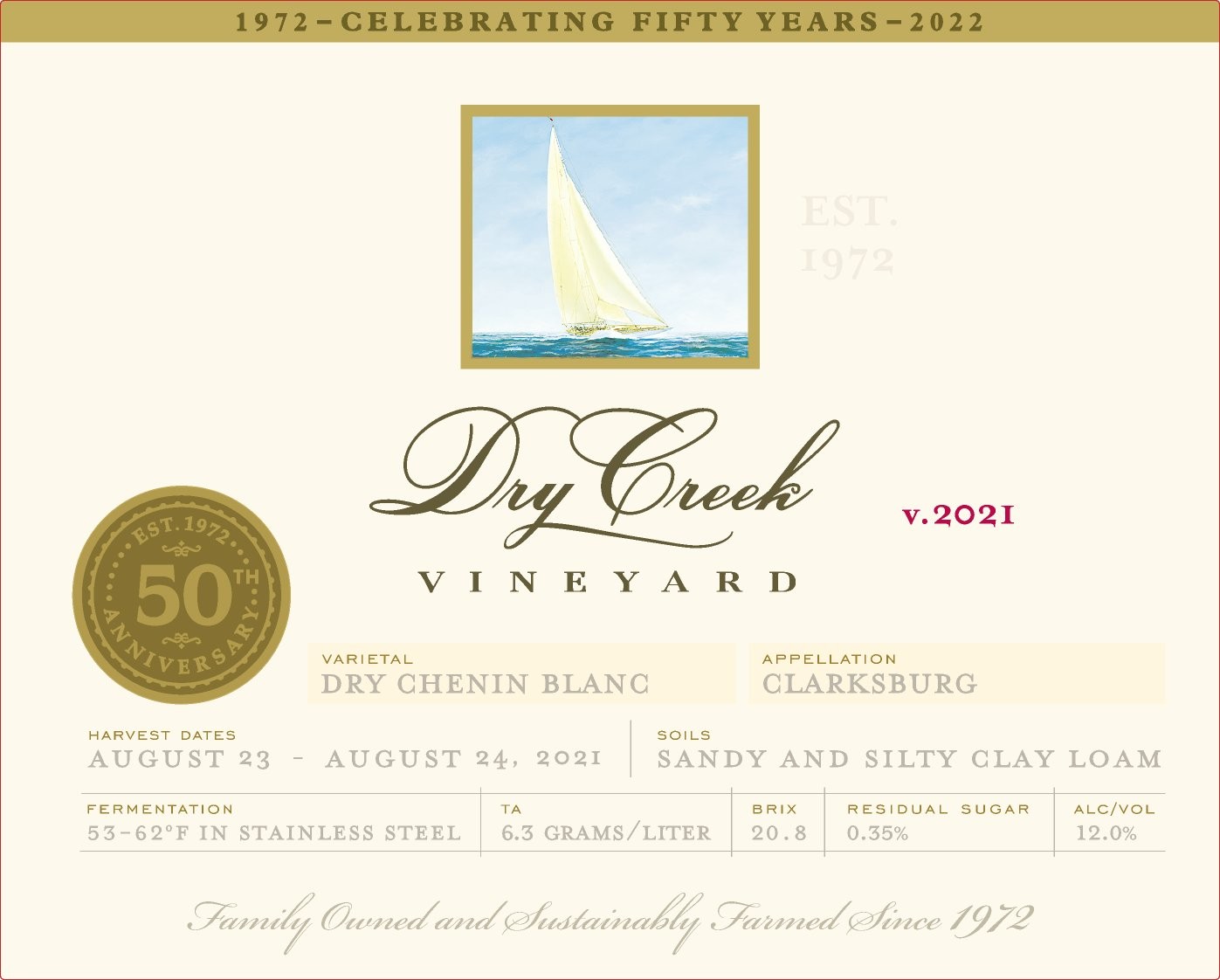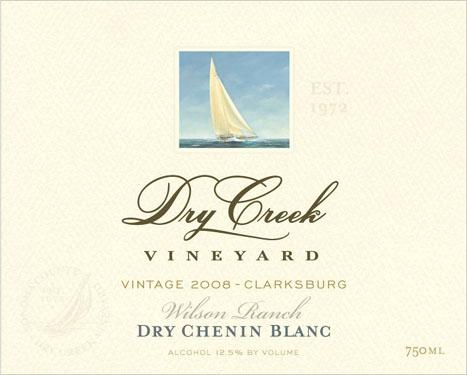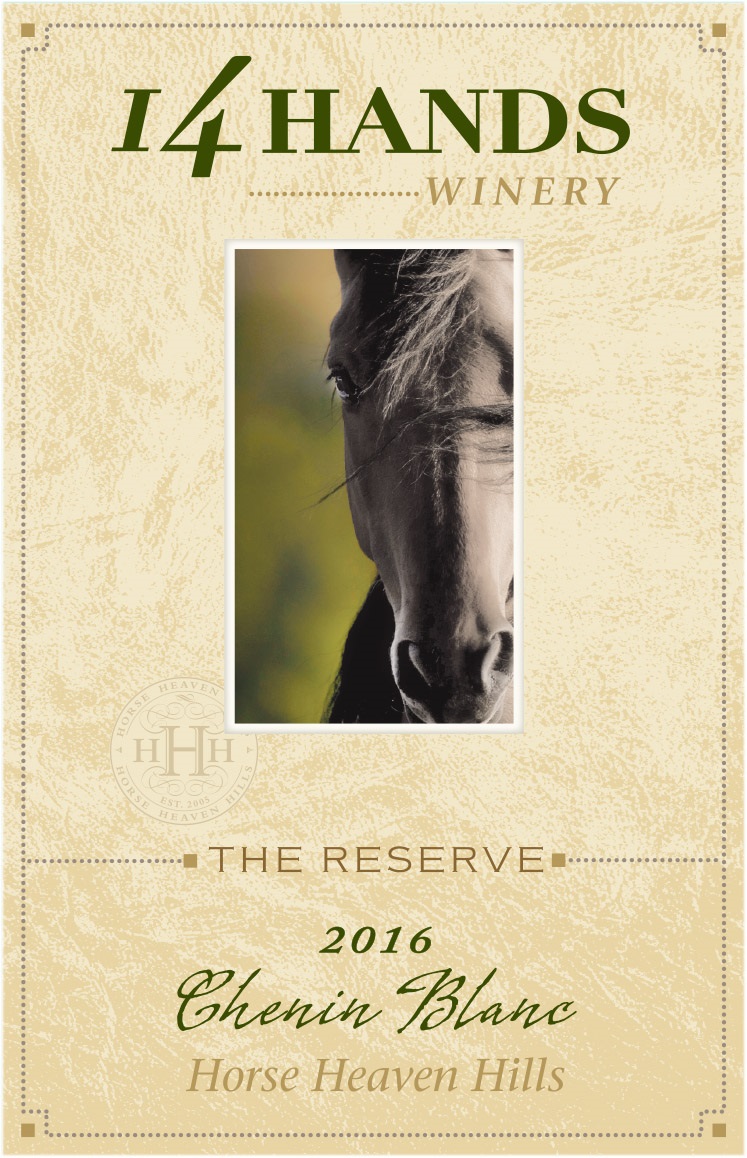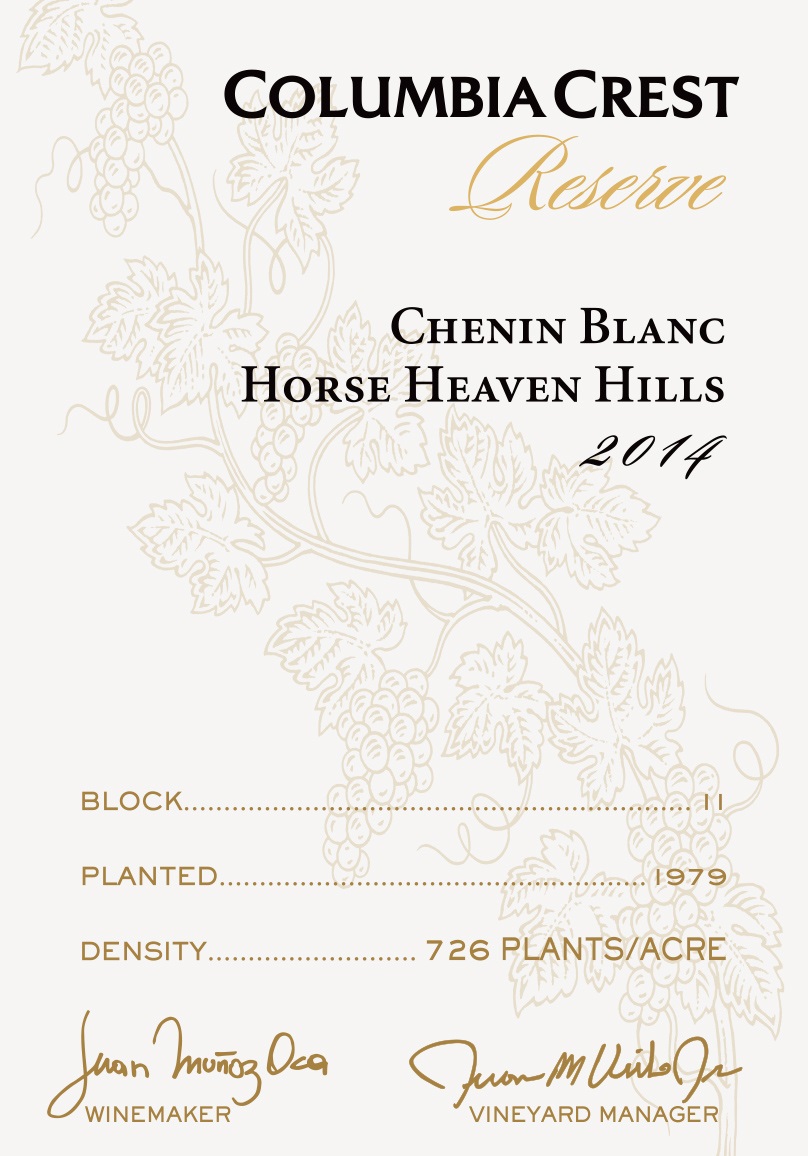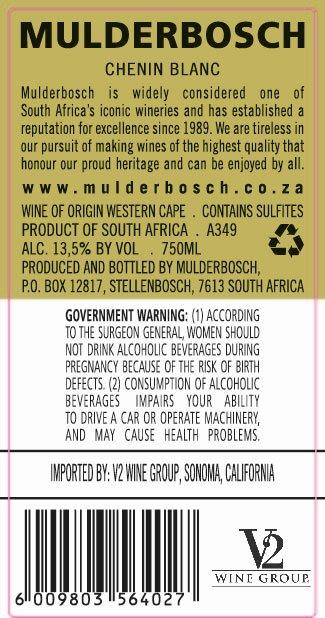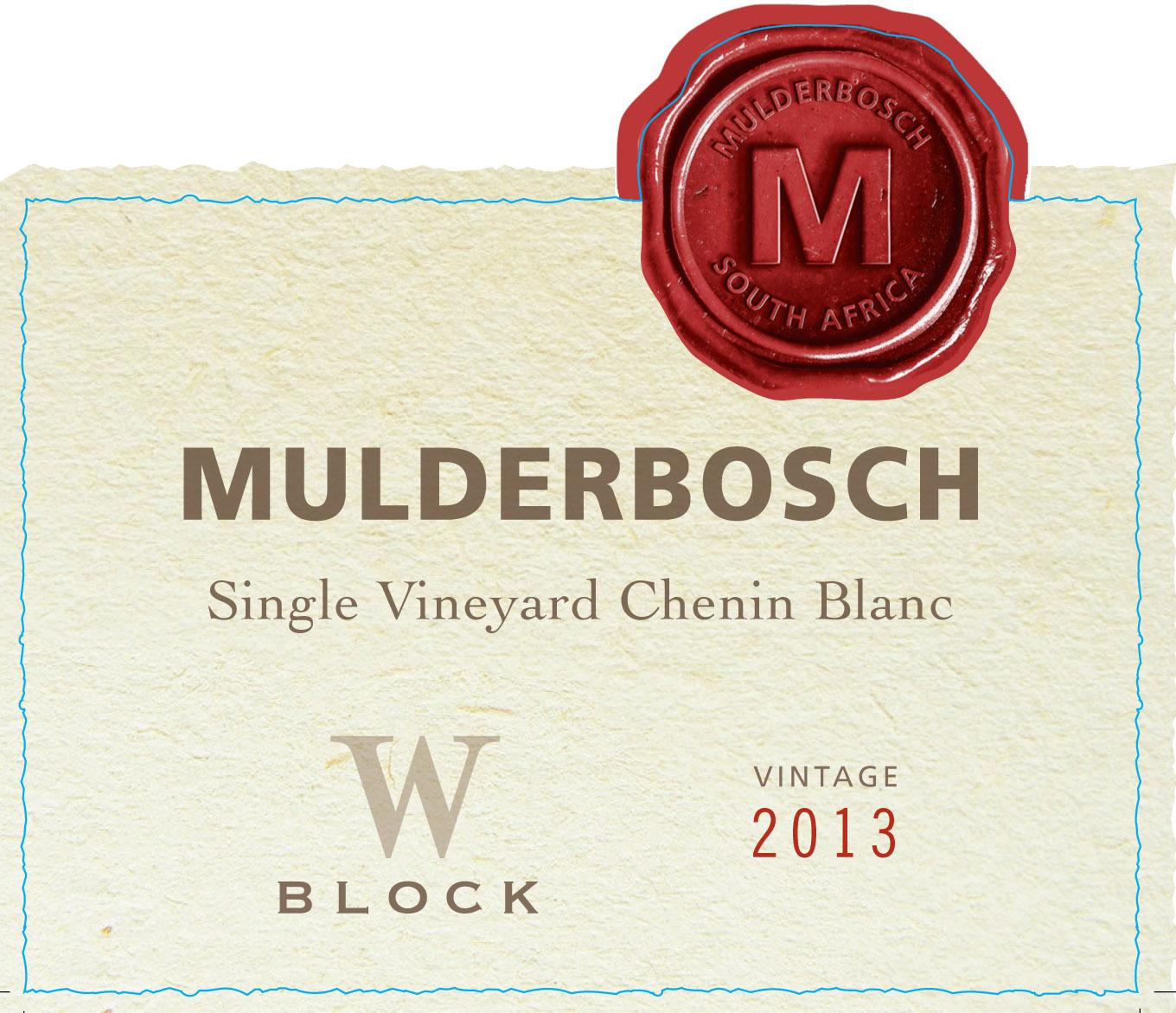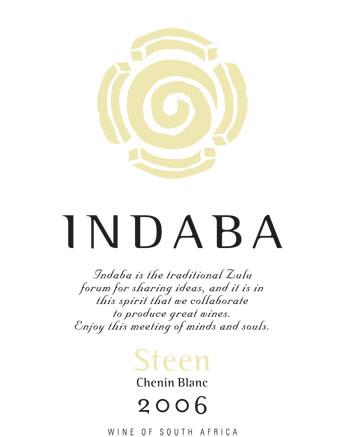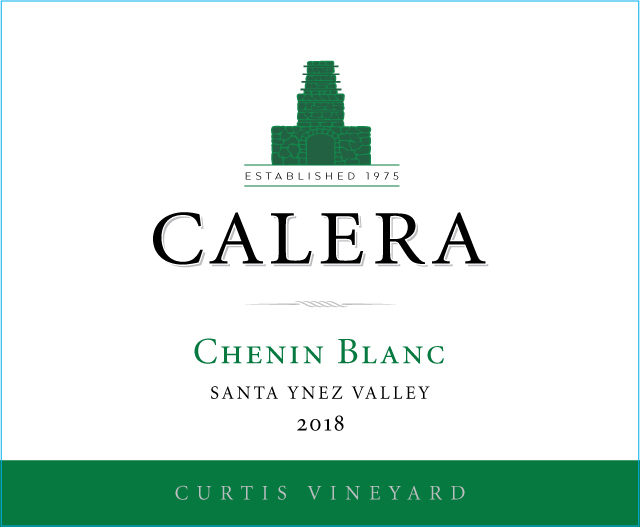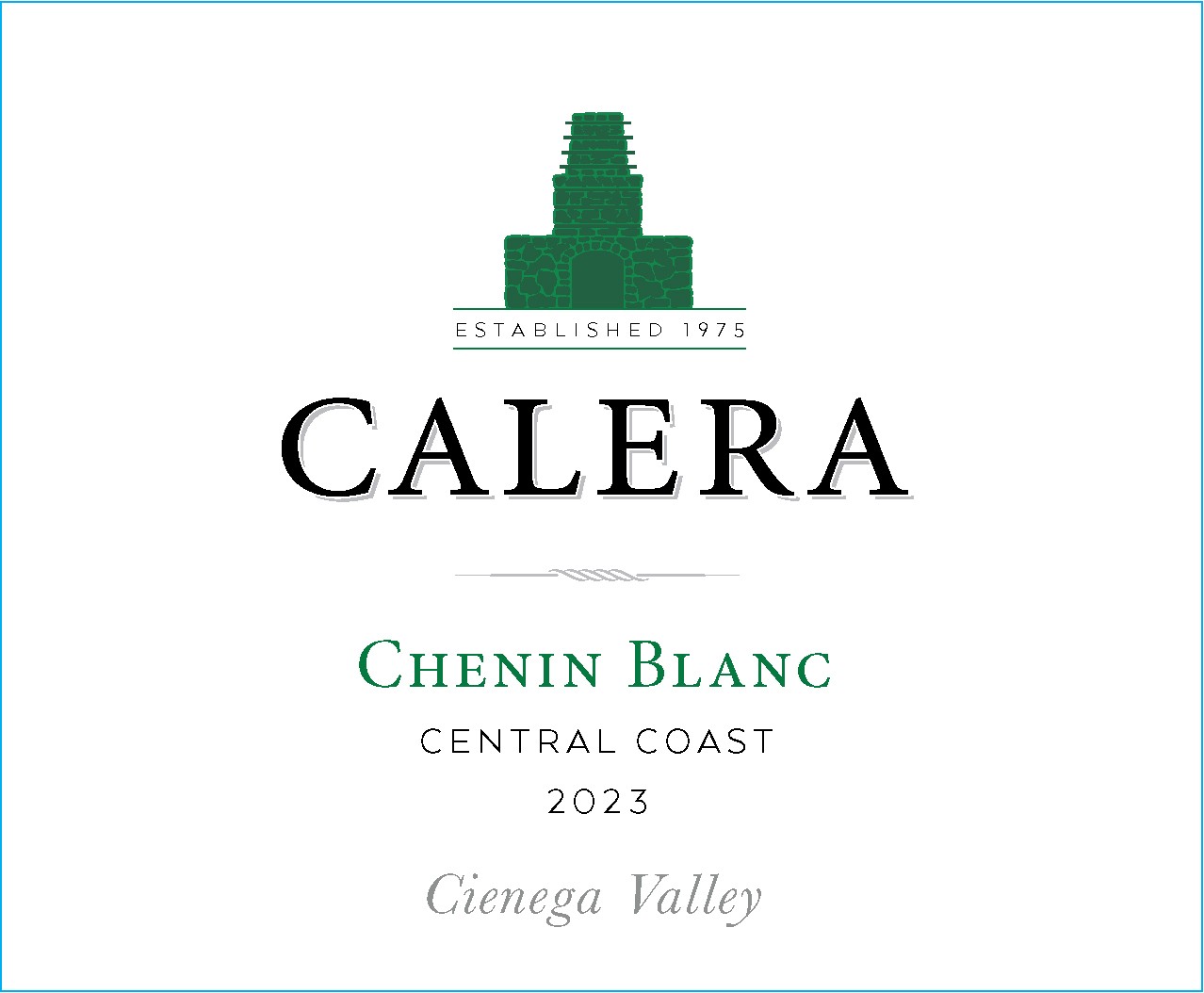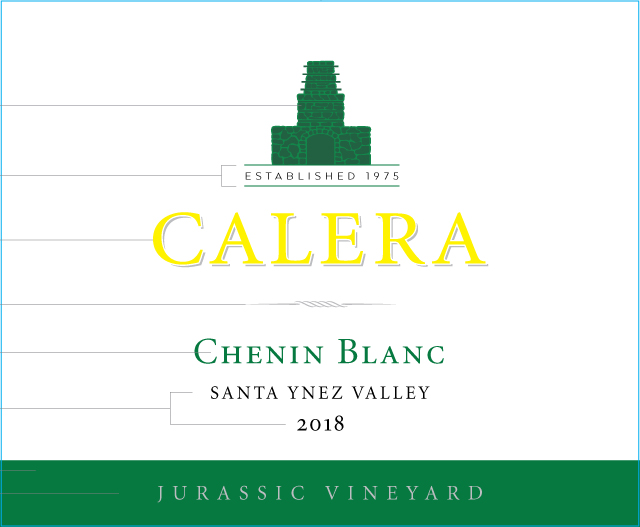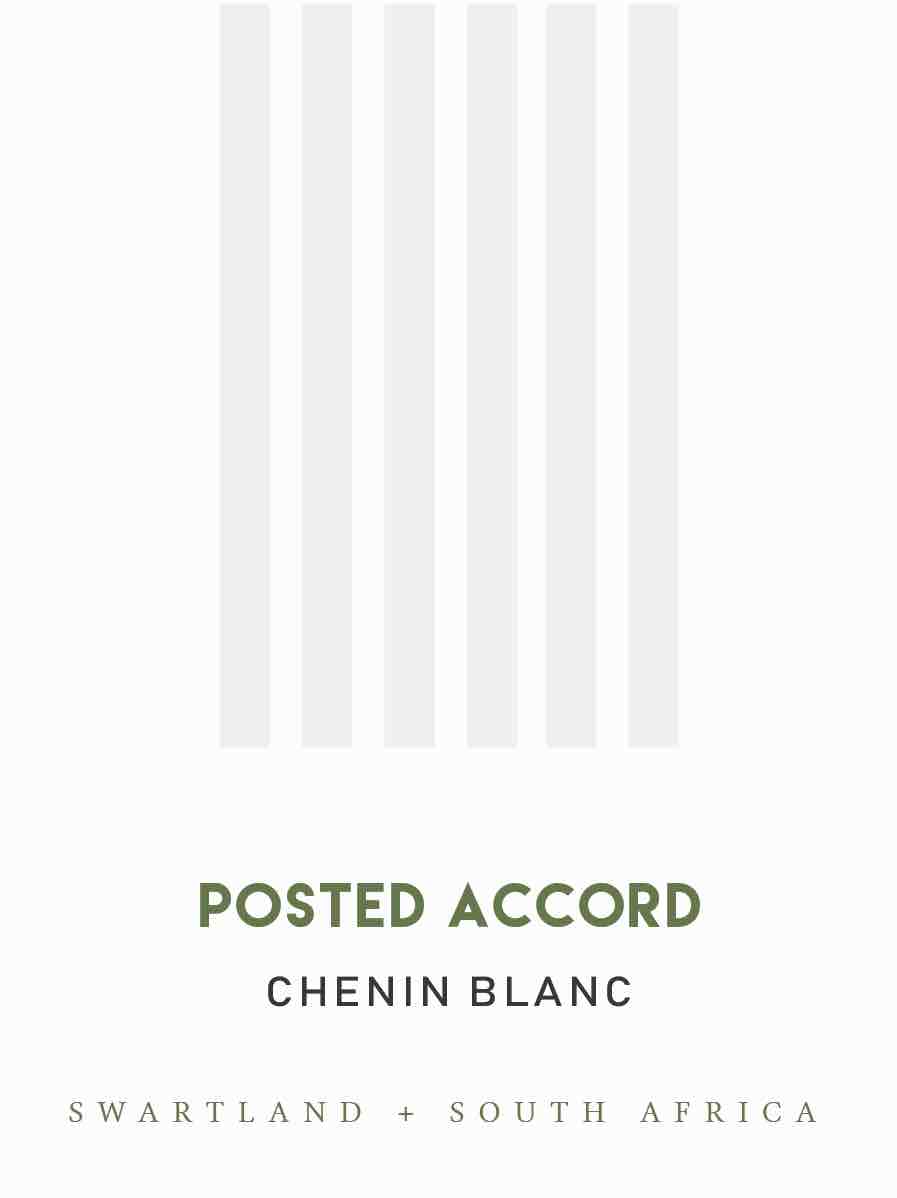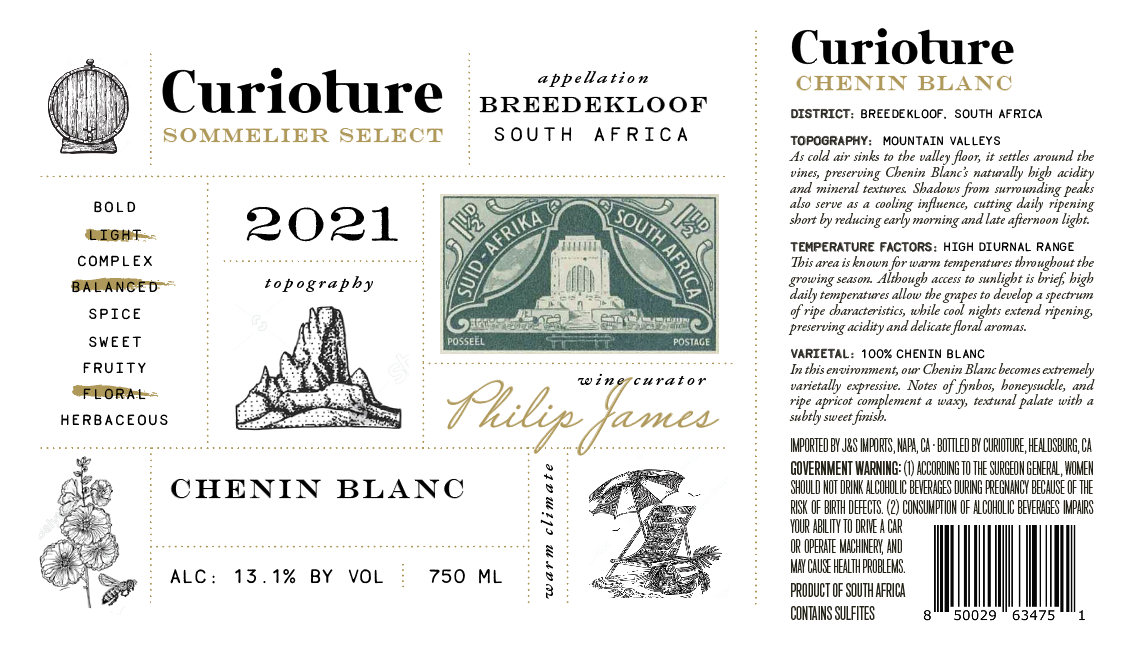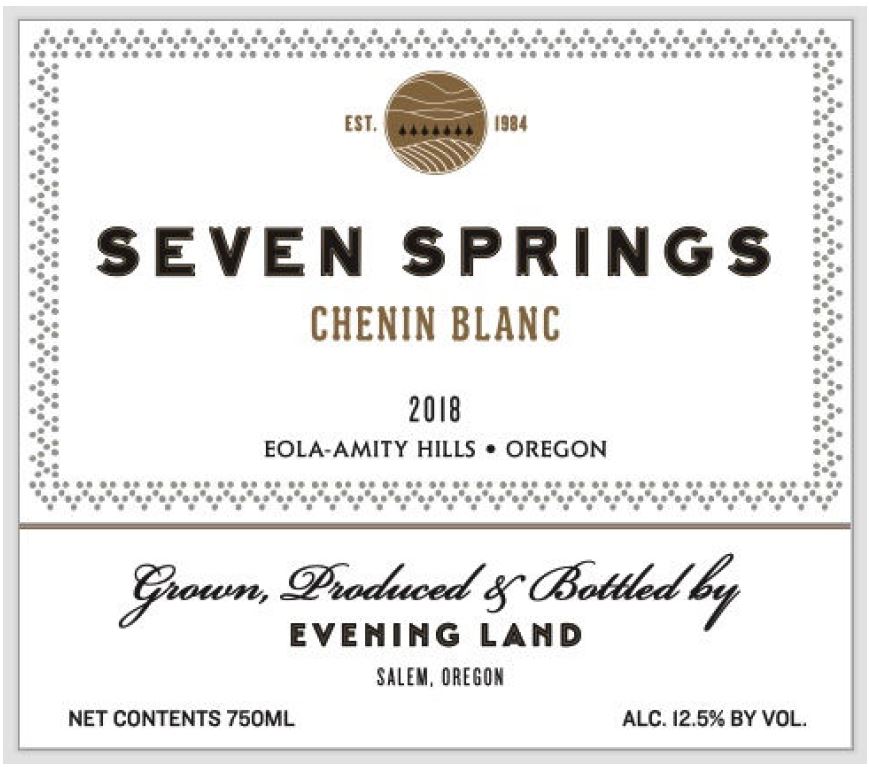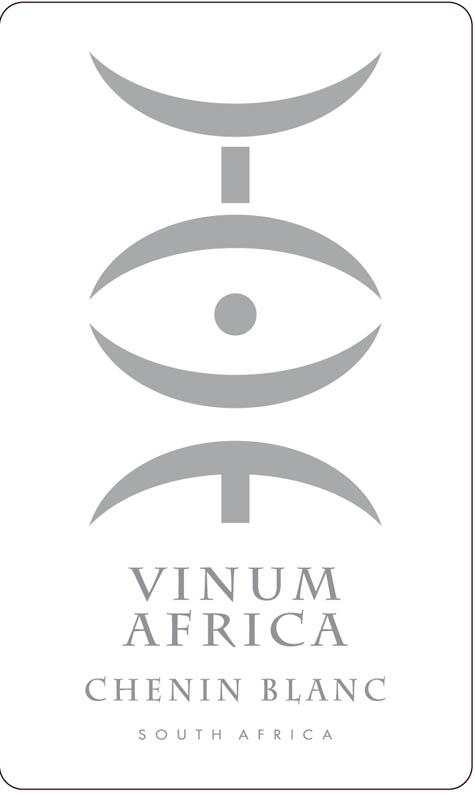Characteristics of Chenin Blanc
Chenin Blanc (pronounced shen-in blahnk) is a white grape known for its versatility, thriving in regions like France’s Loire Valley and South Africa. Its naturally high acidity, even in warmer climates, gives it a signature freshness and remarkable aging potential—especially in sweet or botrytized wines, where noble rot plays a key role.
The grape’s tendency toward uneven ripening allows winemakers to create everything from crisp, dry wines to rich, luscious dessert styles, often through multiple harvest passes. With vigorous growth and thin skins that make it both adaptable and susceptible to noble rot, Chenin Blanc stands out as a dynamic and expressive white wine grape.
What Does Chenin Blanc Taste Like?
Chenin Blanc’s character is shaped by region, climate, and cellar choices, resulting in a striking diversity of styles. In the Loire Valley’s cool climate, expect vibrant acidity, pronounced minerality, and notes of flint, wet wool, lanolin, and beeswax, layered with flavors of green apple, quince, citrus, and delicate floral and herbal aromas like chamomile, honeysuckle, and lemon verbena.
Warmer regions such as South Africa or California yield riper wines featuring tropical and stone fruits (pineapple, apricot, melon, honeydew, peach, mango), with South Africa’s granite soils contributing texture and richness. Sweet or botrytized styles are opulent, showing honey, marmalade, candied citrus peel, fig, saffron, ginger, and toasted almond, while aging can introduce complex notes of dried fruit, marzipan, and savory nuances.
Notable Region Chenin Blanc Grows In
The character of Chenin Blanc is shaped by its regional origins, with each place giving the grape unique qualities and reflecting its versatility.
-
France – Loire Valley: The Loire Valley sets the standard for Chenin Blanc, producing everything from crisp, mineral-driven dry wines to long-lived sweet wines and sparkling styles. Key appellations include Vouvray, Savennières, Anjou, and the sweet-wine region of Coteaux du Layon, all known for lively acidity and layered complexity.
-
South Africa – Stellenbosch & Swartland: As the world’s largest source of Chenin Blanc, South Africa has shifted from bulk production to high-quality wines. Stellenbosch often makes fuller-bodied, sometimes oaked styles, while Swartland focuses on naturally fermented, terroir-driven expressions from old vines.
-
United States – California (Clarksburg): Clarksburg leads California’s quality Chenin Blanc production, offering dry, approachable wines with ripe stone fruit and tropical notes, distinct from the state’s historical bulk wine output.
Food Pairings
Chenin Blanc’s remarkable versatility in style—from bone-dry to lusciously sweet—makes it a natural partner for a wide range of dishes.
-
Dry and Crisp Chenin Blanc: The zesty acidity and mineral notes shine with fresh seafood like oysters, light fish, sushi, goat cheese, and vibrant salads, where the wine’s citrus lift enhances delicate flavors and refreshes the palate.
-
Off-Dry Styles: A touch of sweetness and ripe fruit character pairs beautifully with spicy Asian or Indian cuisine, roast chicken or duck, pork with fruit, charcuterie, and sweet-and-sour dishes, as the wine’s balance of fruit and acidity tames heat and complements richer flavors.
-
Sweet and Oaked Chenin Blanc: Lush, botrytized styles are perfect for foie gras, blue cheese, fruit tarts, or honeyed desserts, while oaked, fuller-bodied versions stand up to grilled lobster, creamy poultry or pork, and nutty cheeses like Gruyère or Comté, matching the wine’s texture and depth to the richness of the food.


